Welcome to the first of a two-part series covering the subject of key refrigeration circuit practices. In this post, I will be discussing the importance of properly using nitrogen when brazing refrigerant lines. The process is called “sweeping” and this is not a new process. What has changed over the years is that POE oil has become the predominate refrigerant oil used throughout the world. One characteristic of POE oil is that it’s an excellent detergent and will literally clean the inside of tubing within the refrigerant circuit. This will become problematic when short cuts are taken during installation.
When you are brazing copper the extreme amount of heat applied to the copper along with the oxygen all around will form copper oxide, also called cupric oxide. This is a flaky black substance that is formed from the combination of heat, copper, and oxygen. Now, on the outside of some copper tubing the only real concern would be that your copper no longer looks nice and shiny (who knows …. maybe that and the dropping price of copper will keep the copper thieves away). The issue is the inside of the copper.
Traditionally speaking, the only thing we want inside of a refrigerant circuit is refrigerant and refrigerant oil. When copper oxide is formed during the installation process we have now introduced a foreign particulate into the circuit that will mix with the refrigerant and be carried through the system. This particulate was not designed to flow through the refrigerant circuit. Metering devices, reversing valve pilot tubes, and capillary tubes were not designed to have small pieces of debris move through them; the debris will often get stuck. This creates part failures and equipment breakdown.
Preventing copper oxidation while brazing is a practice referred to as “sweeping.” It is the proper procedure and discussed often. However, it does involve extra steps to be taken and is therefore skipped by many in the industry. Let’s discuss the proper method of sweeping nitrogen while brazing. The first step is to purge the copper tubing of air. This is done by flowing a small pressure of dry nitrogen through the tubing at around 5-PSI; the purpose is to slowly push the air already in the tubing out so that there is little to no moisture. This will reduce the ability to form copper oxide.
The next step is to flow a very steady but low volume of nitrogen through the copper tubing while brazing. The flow will keep the tubing under slight positive pressure and eliminate the ability for oxidation on the inside of the copper. Now, this is where having the right tool is crucial. The key is flow, not pressure. Many a technician has cursed the process of sweeping nitrogen because they attempted to use a standard nitrogen pressure regulator and it failed miserably. Standard regulators allow far too much pressure for successful brazing with nitrogen. You will need a specific regulator called a flow regulator; I personally like the NitroVue flow regulator by Uniweld. These devices meter nitrogen based on SCFH (Standard Cubic Feet per Hour) instead of PSIG. In fact, there is no correlation between PSIG and SCFH as they measure two separate quantities; pressure and flow.
If done properly you will barely notice any difference between brazing with nitrogen versus brazing without. The current equipment in the industry is different than what was used years ago. There is less forgiveness for short-cuts. POE oil will scrub the inside of the copper where mineral oil would not. We must ensure that we are doing our part to properly install the equipment used today. A quick look at the amount of nitrogen you are using will indicate if your team members are properly sweeping; someone using one tank of nitrogen a week is not following proper practices. While it may take more work initially the result will be a faster system evacuation which should help compensate for the slight increase in brazing time and most importantly: a well-installed system that will reward the customer for hiring a professional to do the installation.

